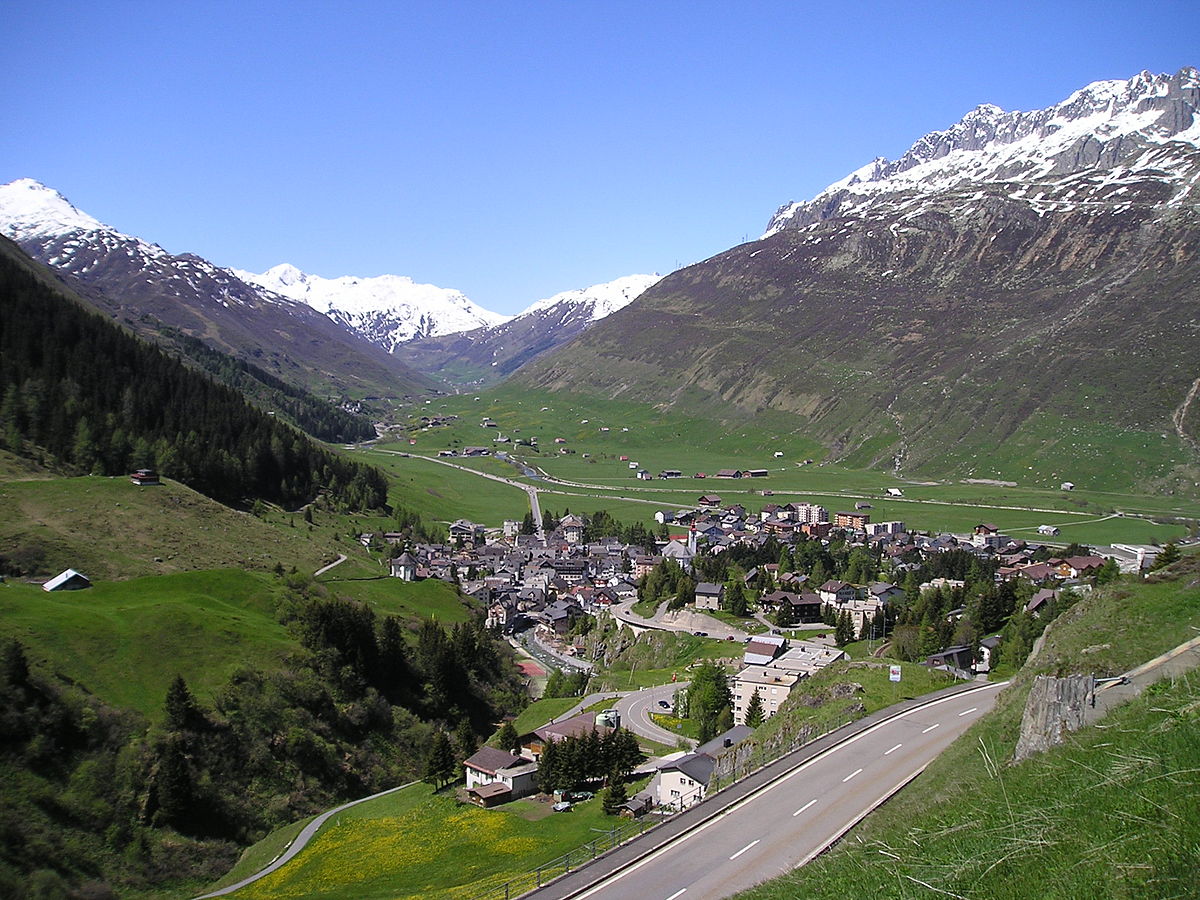Agriculture & Climate change, Canada (Commonwealth Union) – A new study by the University of Toronto (U of T) has made a discovery that may be in contrast to the Darwin’s theory together with the views of other evolutionary biologists.
The study, appearing in the journal Science, gives insights on what researchers have described as a “blind spot” in our knowledge as to why new species form.
“We found species are actually consistently adapting to similar environmental pressures,” said Sean Anderson, co-author of the paper with Professor Jason Weir which he carried out while doing his PhD at U of T Scarborough. “They’re undergoing classic Darwinian adaptation, but they’re not doing it in very different environments.”
A generally held view is that populations must be physically divided to start evolving into new species, scientists say what happens during that isolation has been unclear. For many years the widely accepted theory was that ecological speciation, that groups evolve due to their migration to different environments and experience a certain stress the rest of their species do not come across, from new food sources to predators. The process known as divergent adaptation; where environmental features then drive the natural selection that results in the formation of a new species.
The researchers have also pointed out that its common to see species that have evolved to the extent that they can no longer breed with their closest relatives, but still retain a majority of the same traits as their counterparts. That gave researchers a feeling that the atmosphere in which evolution took place, via geographically distant, may not have been so clear. This is an established but a less accepted explanation referred to as parallel adaptation.
Anderson indicated that ideas of divergent adaptation were prominent to a considerable extent by the study of model organisms, which is the species that have these great ecological differences and they wanted to observe the patterns they could find by studying as many species as they can.
The scientists utilized the most extensive dataset of divergent traits discovered in species and their closest relatives known as sister pairs that had ever been assembled. They also put together a statistical model capable of for the 1st time, estimate if a species evolved under parallel or divergent adaptation. Across roughly 3,000 sister pairs of birds, mammals and amphibians, species largely evolved under similar large-scale environmental strains.
“We found this really consistent signature where parallel adaptation seems to be what dominates – and it doesn’t matter what traits you look at, it’s the same in just about every group of species pairs you’ve got,” said Anderson, who further stated that they were astonished at the consistency this signature was.
Anderson says that, in some cases, species may be evolving similar traits while undergoing changes at the genetic level. That can lead them to become different species.
“It’s often not just one pressure – species are facing a whole collection of pressures that are similar,” Anderson says. “And the external environment is not the only thing that can throw challenges at a species. Its own genome can do that by producing things like selfish genetic elements.”
The findings may have far-reaching implications as theories on what causes species to evolve can assist scientists to make conclusions on biodiversity. When a majority of species evolve under varying adaptation, building biodiversity will need diverse habitats with different resources and obstacles. However, if it is parallel adaptation, biodiversity will be impacted by geographic distance and time apart.
The research is likely to contribute to the debate on microevolution where it is concluded that the same species adapt to changes as they face certain challenges vs macroevolution species can evolve into a different species to cope with the change.
















